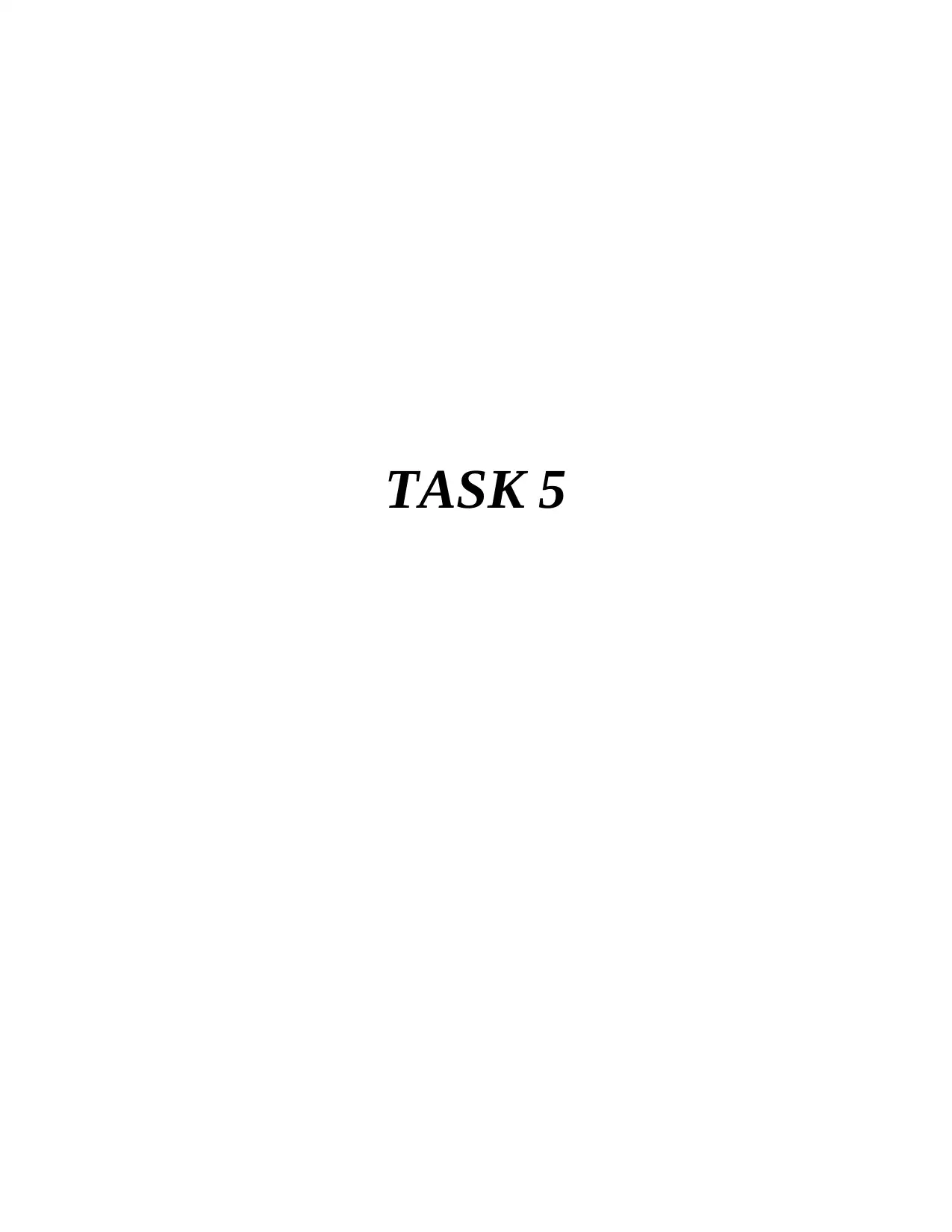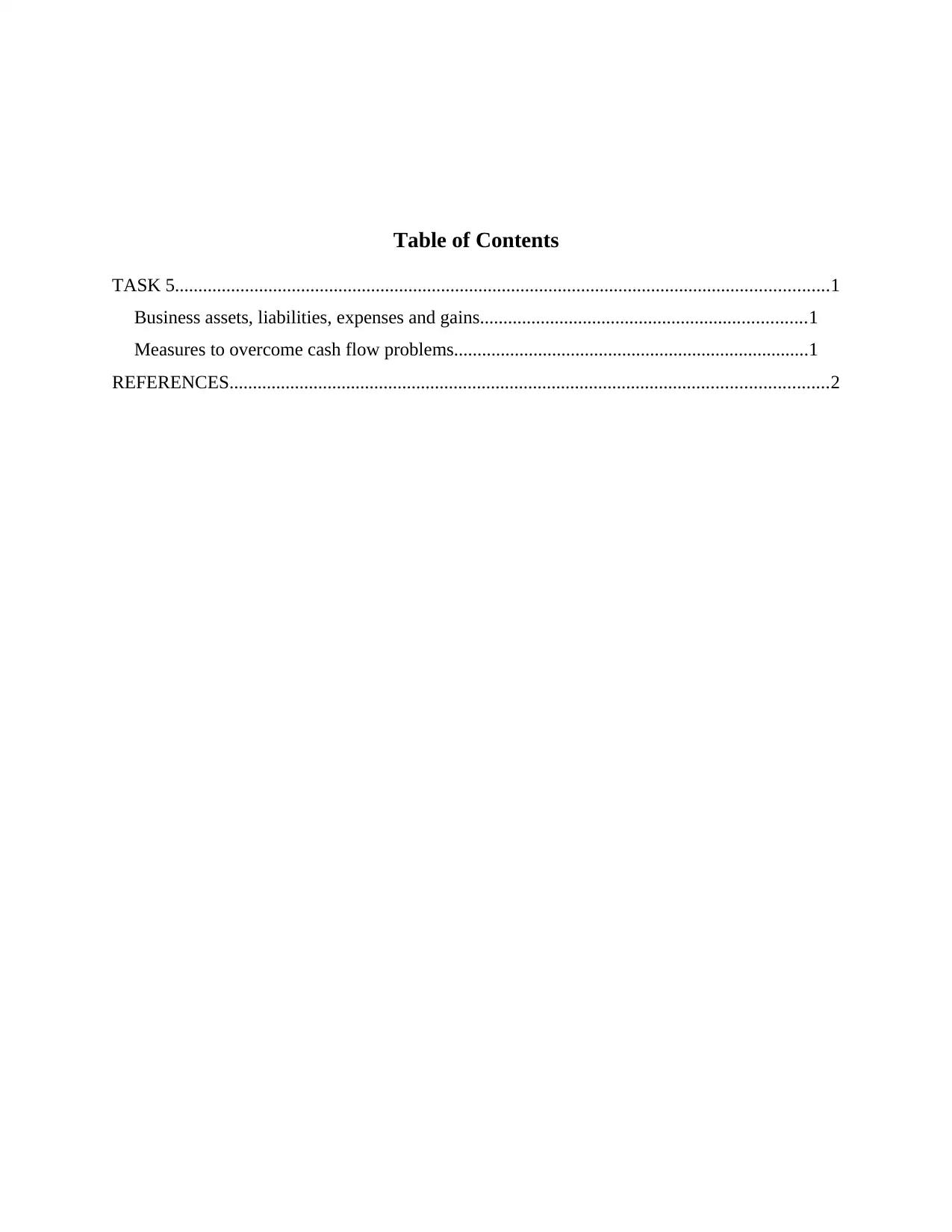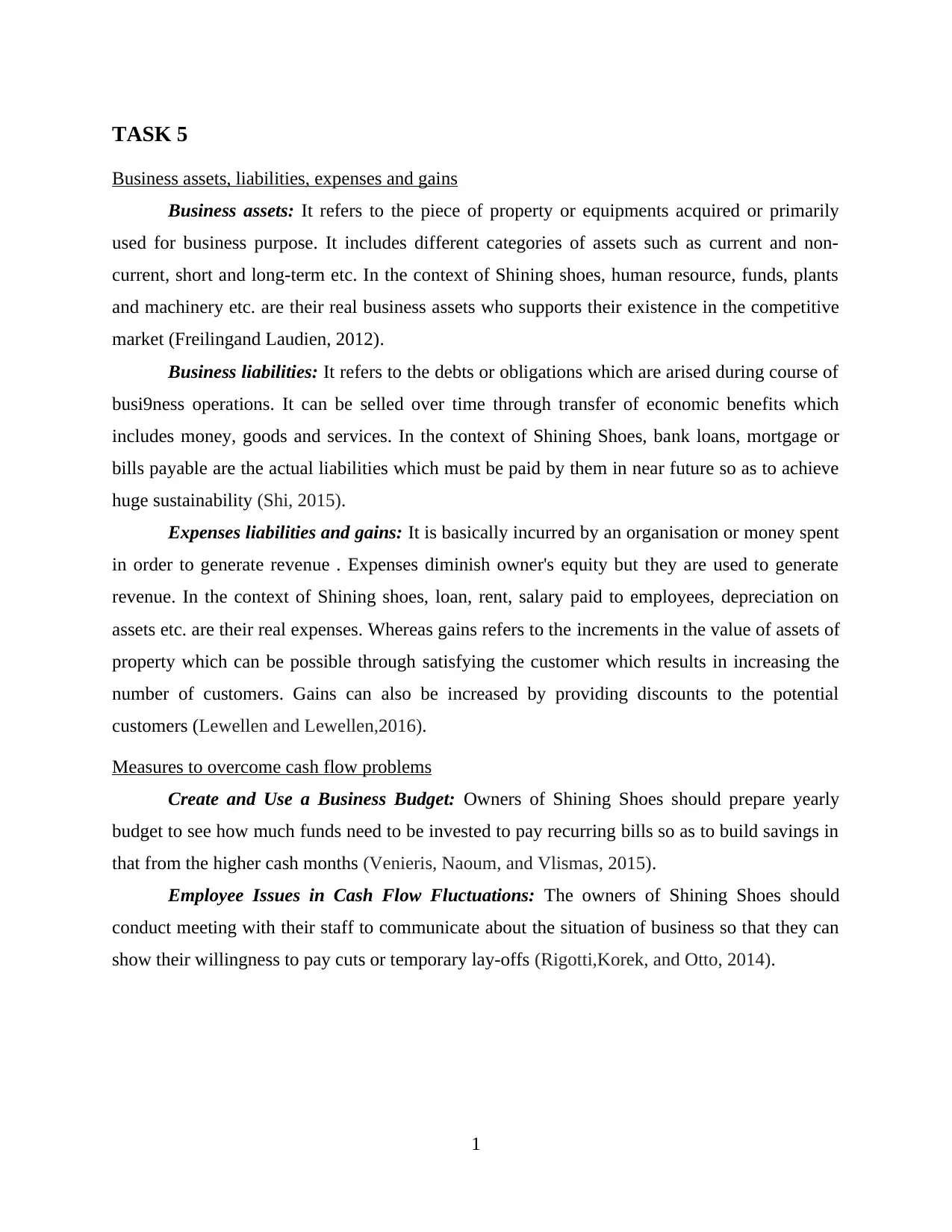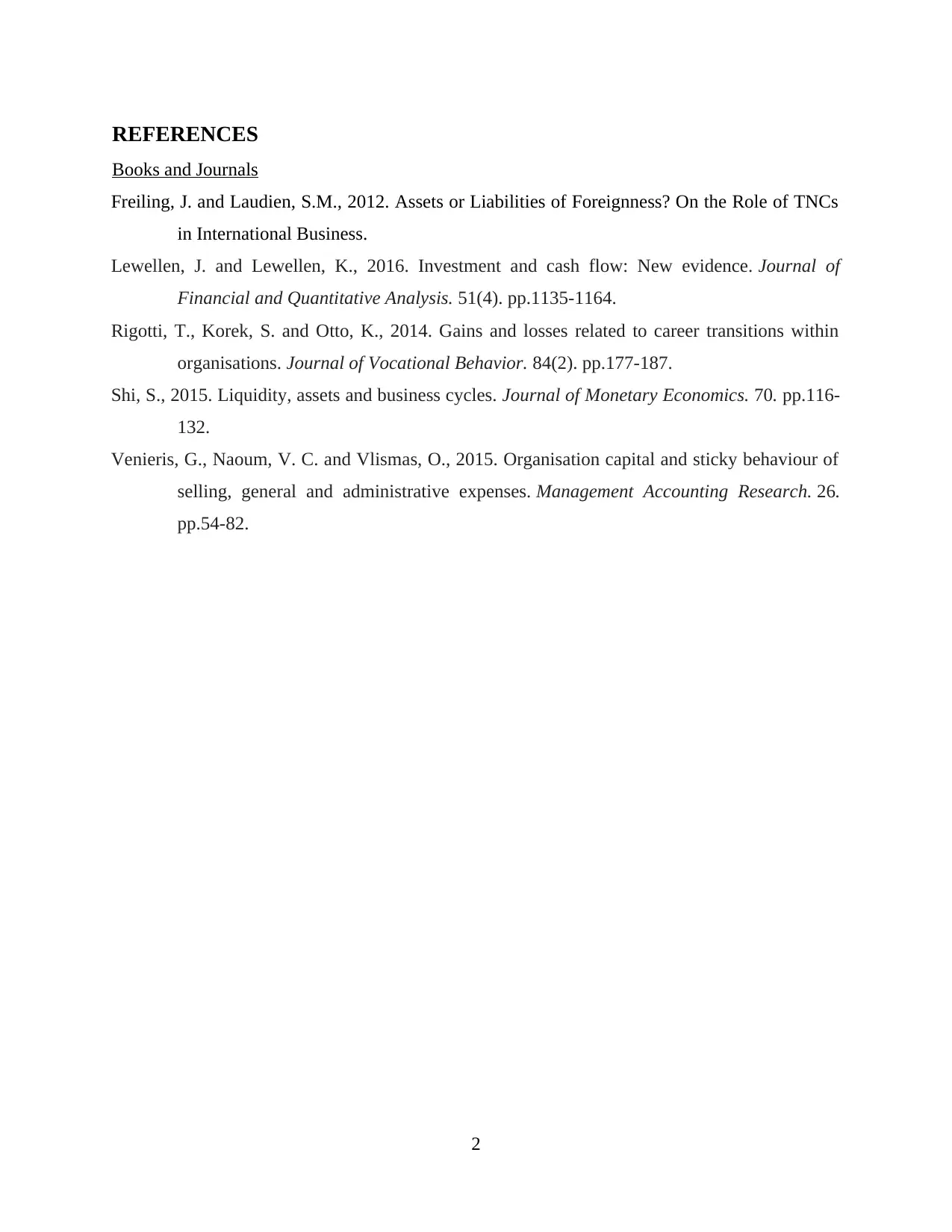Business Finance Report: Assets, Liabilities, Expenses, and Cash Flow
VerifiedAdded on 2020/10/22
|6
|557
|121
Report
AI Summary
This report provides a comprehensive analysis of business assets, liabilities, expenses, and gains, focusing on the context of a hypothetical business, Shining Shoes. The report defines and differentiates between various types of assets (current and non-current), liabilities (bank loans, mortgages), and expenses, highlighting their impact on a business's financial health. It further explores the importance of cash flow management and offers practical strategies to address potential cash flow problems. These strategies include creating and utilizing a business budget to manage funds effectively and addressing employee-related issues to mitigate fluctuations. The report concludes with a list of relevant references, including books and journal articles, to support the analysis and recommendations.
1 out of 6








![[object Object]](/_next/static/media/star-bottom.7253800d.svg)